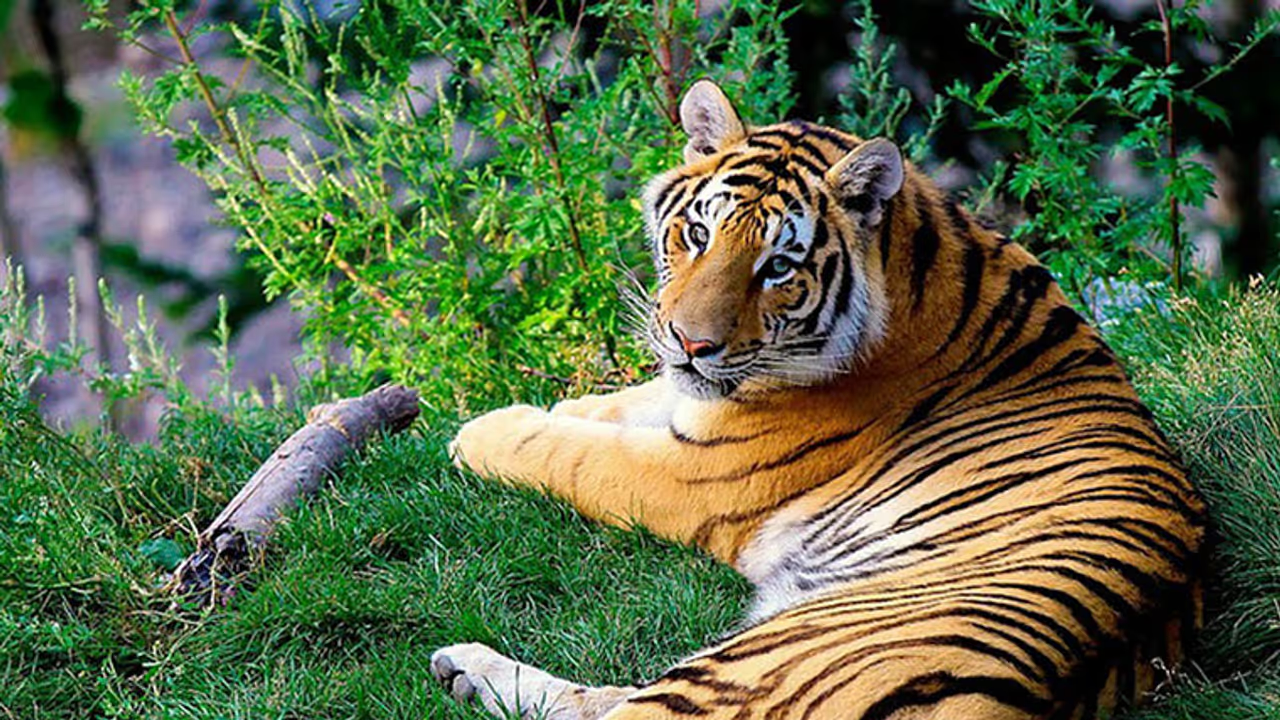Karnataka has lost more than 5 tigers in 23 days Human-animal conflict is what is killing off the majestic beasts

It’s heartening to note that Karnataka, has the largest tiger population in the country. What is now disappointing to digest is that the state lost more than 20 tigers to poaching, poisoning, man-animal conflict and natural causes in the 2016 and January 2017, combined.
Recently a tiger cub that was injured after being caught in a snare in Ponnampet forest of Kodagu district and it died at Koorgalli Wild Animals Rescue and Rehabilitation Centre in Mysuru on January 20. After that a news report says that on January 22, forest officials found the carcass of a tiger on the banks of Lakshman Teertha River in Nittur on the periphery of Nagarahole National park.
The tiger was about 9-10 years old and had sustained injuries when trying to eat a porcupine. It is also been tagged as the same tiger that attacked a plantain labourer previously and the big cat had suffered injuries on its face. The injuries had severely hindered the tiger's ability to hunt.
The first tiger death for this year was reported on January 4, when the carcass of an aged tigress was found at Nagarahole. On January 13, a tiger succumbed to its injuries while being shifted for treatment to Bannerghatta Biological Park from Bandipur. Then on January 16, a tigress died due to an alleged overdose of tranquilliser when it was darted at the Nagarhole Tiger Reserve.
Statistics show that India shelters 2,226 tigers which is about 60 percent of the world’s tiger population of about 3,890. So much effort has been spent in the conservation of these majestic cats. And it also helps that the Tiger has been recognised as India’s national animal.
When it comes to keeping these beasts alive, in captivity or in the wild is where we falter, specially Karnataka, despite all efforts at conservation. This brings into question why these kind of tiger deaths are being reported from Karnataka which apparently also gets the maximum share of the funds for tiger conservation in the country.
Four reasons why Karnataka is seeing a rising number tiger deaths
1. Man-animal conflict: In such instances it usually ends in either parties killing the other. The tiger enters areas of human habitation mostly to hunt cattle or poultry and in the process may also sometimes attack/injure humans. While mostly people are tolerant towards such instances, in some case repeated attacks makes villagers tense and often end up engaging with these animals, poisoning them or ask for official intervention wherein sometimes the animal is killing to protect the villagers.
2 Reducing habitat: The scenario is such that the natural habitat of the tigers/ wild animals are being encroached upon, forests are being cut down, its prey is no longer available in the area and sometimes territorial fights among the big cats themselves cause the deaths. Such reserves like Nagarahole and Bandipur have a lot of human habitation on the fringes and so the tigers are forced to move out of their comfort zones in search of food.
3. No proper tiger corridor demarcated: A news report mentioned how tiger corridors passing through close to 215 villages was proposed in 2015 to conserve tigers. However, that project is nowhere near completion since it means intervention of human settlements and cooperation of the people settled there.
4. Lack of proper veterinarian expertise: Recently, one of the tigers have been suspected to have been killed due to an overdose of tranquilisers. It was alleged to have been darted 4 times with a powerful mixture of sedatives. It’s injuries and condition only pushed the tiger to its death. The tiger was shot by a vet, with the forest department. In another case, the animal is suspected to have died of septicaemia. Some of these deaths were in zoos and rehabilitation centres. If proper medical expertise had been at hand then these deaths might have been prevented.
In all these reasons we see one common element – the human angle. It is because everywhere the needs of human settlers in these areas have been placed at the forefront that matters stand where they are today. In some cases villagers have been bold enough to poison the animals because they cite self-preservation as paramount. In fact, in many cases forest officials fearing the wrath of villagers are ‘assisting’ in killing of these big cats when it comes to human-animal conflict.
Ultimately, human-animal conflict is what is killing off the majestic beasts. Now with no space in the cities, human habitation will expand and leaving lesser chances for an attempt at peaceful coexistence.
